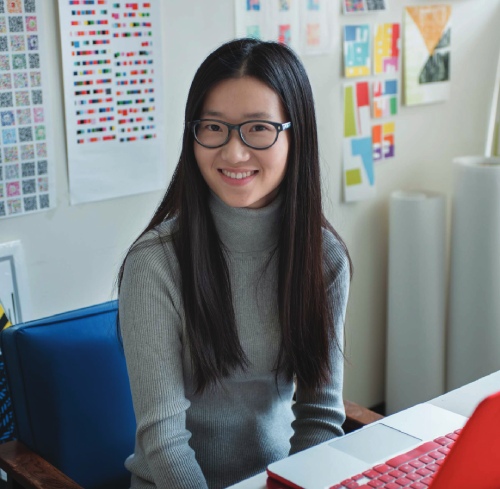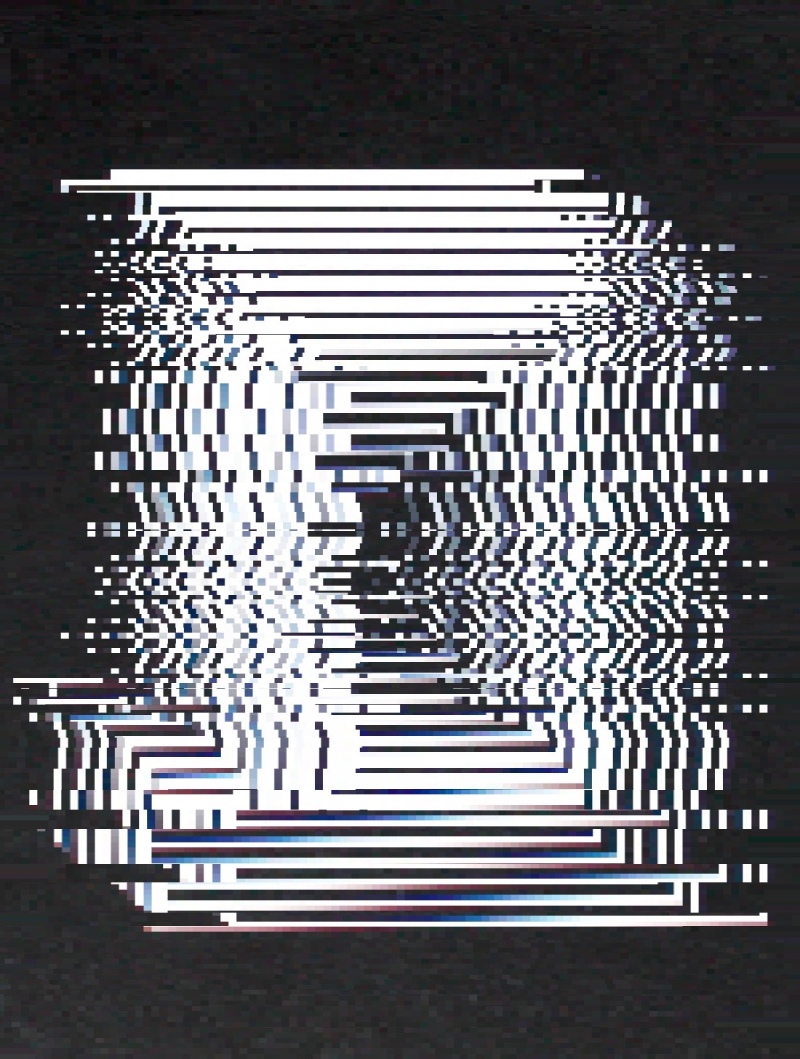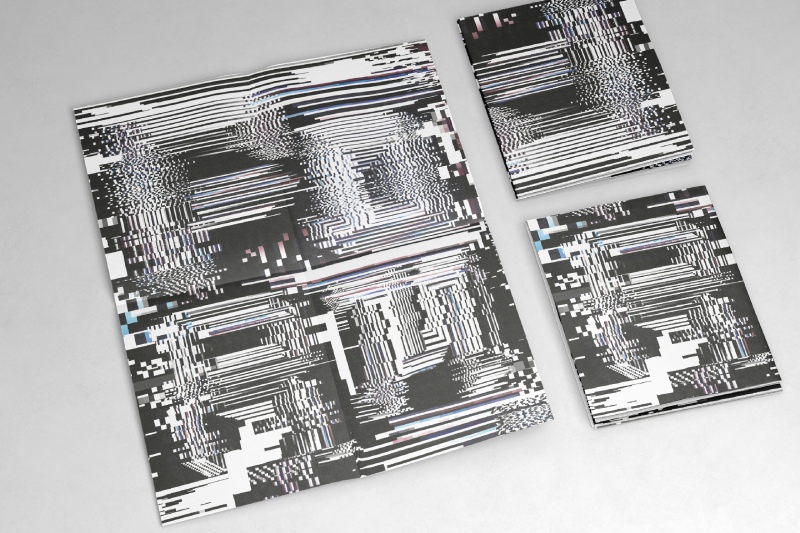
How did you start with art?
In my personal practice, I use drawing to drive the development of my work, and I like to diagram and write down words to record my thoughts. Different from my previous commercial design experience, I found setting rules no longer limited my art-making process. On the contrary, those rules became tools to help me make decisions in the right direction. Every problem of form and content is different, which indicates that the rules of each project are different, too.

I have been interested in the space between linguistic and pictorial communication.
What artists or movements have had an impact on you?
Many designers and their works, such as the “found ‘typography’” of Paul Elliman, or the combination of lines and shapes by Kazunari Hattori, have influenced my work. I also feel influenced by painters, musicians, scholars, and so on. For example, the action painter Franz Kline, the composer and music theorist John Cage, and the textile artist Gunta Stölzl. I am also influenced by the Global Style in contemporary graphic design, which includes transforming the simple 2D space of the printed graphic into an abstract deep space that seems to extend from the poster to the wall and worlds beyond.

Sometimes, I choose colors intuitively, but most of the time, I set rules for the color choice
What themes come up in your art and do the memories and personal experiences reflect?
As a Chinese woman living in the U.S., I am in an in-between position, which also brings a distinctive perspective for my thinking, being and making. Because of personal migration story, I have been interested in the space between linguistic and pictorial communication.
What is the significance of color?
Color plays an important role in stimulating and attracting people’s attention, which is another important element in my studio practice. Sometimes, I choose colors intuitively, but most of the time, I set rules for the color choice. I usually start with the fundamental colors for printing: cyan, magenta, yellow, and black (CMYK), then I add several colors that have great contrast and effect, overlay color on each other, and do experiments.

What are you working on right now and what is next?
I have been and plan on continuing to work in exploring typographic elements in both abstract and applied forms.
What do you consider the role of an artist today?
An artist can bring people together through conversations to share their experiences. The ability to encourage critical thinking and generate new ways of approaching things is the reason why I enjoy making art. In addition, I believe in its limitless possibilities.


